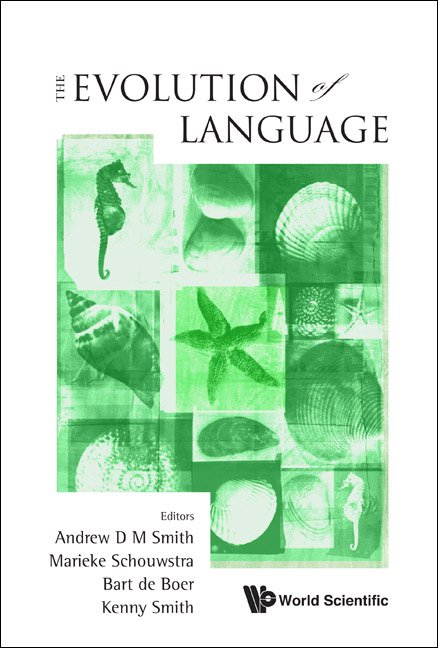THE SILENCE OF THE STONES: ON THE ARCHAEOLOGICAL RECORD FOR (NEANDERTAL) LANGUAGE
The last decade has been a very productive one for our knowledge of our closest extinct relative, Homo neanderthalensis. A wide variety of studies has focused on various aspects of the Neandertal skeletal record and how to read it (e.g. Hublin 2009; Weaver 2009), on the chemical composition of their bones and how that might inform us on their diet (e.g. Richards and Trinkaus 2009), on their geographical distribution and their archaeological record (e.g. Roebroeks 2008) and, very importantly, on their genetic characteristics (e.g. Green et al. 2008; Briggs et al. 2009). Genetic studies indicate that modern humans and Neandertals shared a common ancestor only 500,000 to 700,000 years ago, which is also the picture emerging from studies of their physical remains (Hublin 2009). Building on the same Bauplan, two different hominin lineages emerged, in Africa the ancestors of modern humans, and in western Eurasia the Neandertals, who vanished from the record around 35,000 radiocarbon years ago. Integration of genetic data with the other lines of evidence promises to yield major breakthroughs in our understanding of the differences and similarities between these two groups of hominins in the very near future …



